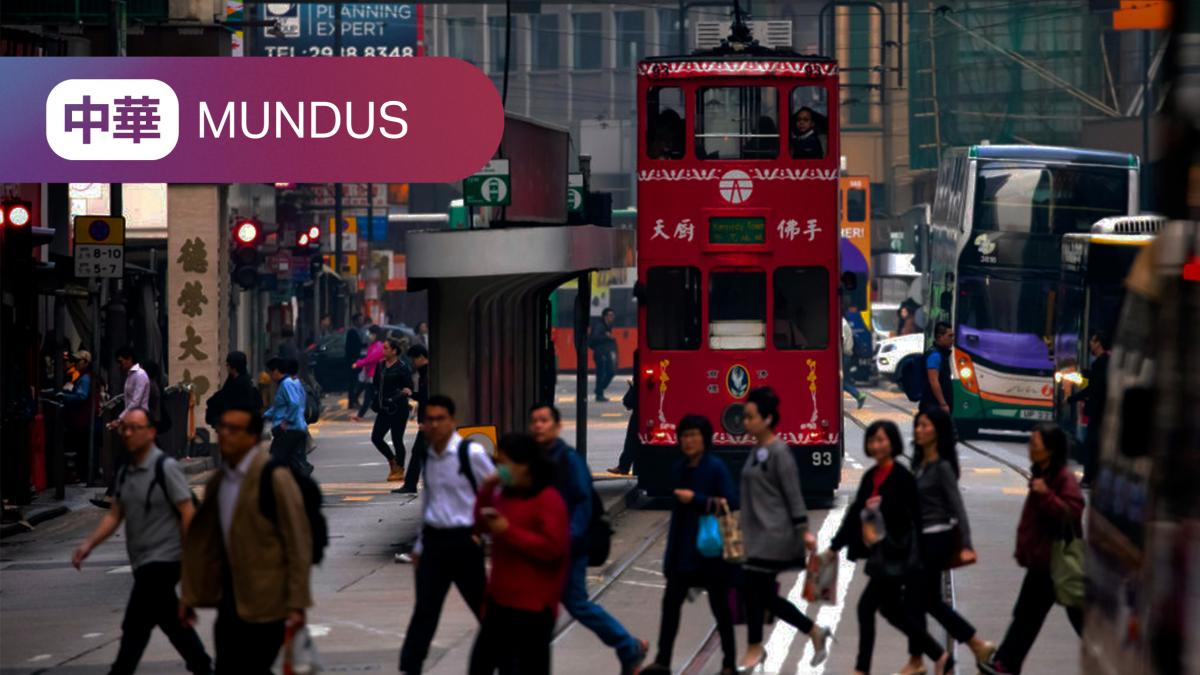The geopolitics of semiconductors and what Europe can expect


Semiconductors have become increasingly important across the globe as essential inputs to many industries. While China is the manufacturing power of the world, it still does not manage to produce its own advanced semiconductors. China must therefore rely on imported semiconductors to manufacture products such as medical devices, computers and mobile phones.
China’s lack of resources is overshadowed by some of its closest neighbours, mainly the self-ruled island of Taiwan, which has managed to develop the largest capacity to fabricate semiconductors, especially high-end ones. Taiwan alone possesses 85% of the global market share for seven nanometre semiconductors, which in Taiwan are produced by one single company, Taiwan Semiconductor Manufacturing Corporation (TSMC). Semiconductor size, measured in nanometres, is an indication of level of advancement, with smaller chips being the most advanced. The rest is produced by South Korea with some contribution from the EU (mainly on lithography and design) and Japan.
China has spent some $150 billion through two major funds – China’s so-called Big Funds – in supporting its own semiconductor industry. Through acquisitions of foreign companies and by investing in domestic innovation and production capabilities, China’s heavy investment in semiconductors aims at reducing reliance on external producers.
China launched its chip policies in 2015. The US and the EU have followed by announcing major government support plans to strengthen the design and production of semiconductors within their borders. The US dominates the highest value-added part of the semiconductor value chain, namely design.
Strategic competition and interference
Given heightened strategic competition between the US and China, it should not come as a surprise that the US is stepping up its leverage on China by increasing export controls on semiconductors.
It must be noted that the US ban on semiconductors is not only about constraining China’s manufacturing capacity but much more about constraining China’s military upgrade. The highest end microchips, which are used in advanced weapons systems, are key for China’s military aspirations. Given that China’s massive industrial policy has not yet delivered, China is still fully dependent on the rest of the world for advanced semiconductors. The US’s recent actions are bound to hit China’s military industry and also other industries where high-end semiconductors are needed.
The US export ban on advanced chips seems to have redoubled China’s intentions to step up their technological upgrade at any cost. President Xi referred to this in his speech at the Party Congress, where he stated his firm intention to push China to the technological frontier in any relevant core science. This will have consequences for Europe as the region remains more open to China’s acquisitions of technology than the US, but also much more than other developed countries, including Australia, Japan and South Korea.
EU countries and the United Kingdom are increasingly aware of this threat and have stopped several potential acquisitions by China in the semiconductor sector. Still, it is really too early to tell whether China will manage to take more technology away from Europe in this sector. What seems clear is that the US will be watching, so it will be increasingly difficult for European companies and governments to transfer technology to China.
This also means that European companies will most likely need to follow the US with its export bans, at least as far as high-end semiconductors are concerned. The US leverage, beyond its geopolitical weight, comes from its dominance of the upstream part of the chip value chain, the design, and the fact that many European semiconductor companies have factories in the US.
The last important consideration is Taiwan’s role in the great power competition between the US and the Chinese Mainland. Given the massive concentration of chip production in one single company, TSMC, and Taiwan’s delicate position as President Xi’s aims at reunification, the EU should step up its contingency planning to ensure the resilience of its supply chain. Such plans may need to include production of high-end chips in Europe or securing delivery from other parts of the world, such as South Korea.
ZhōngHuá Mundus is a newsletter by Bruegel, bringing you monthly analysis of China in the world, as seen from Europe.
This is an output of China Horizons, Bruegel's contribution in the project Dealing with a resurgent China (DWARC). This project has received funding from the European Union’s HORIZON Research and Innovation Actions under grant agreement No. 101061700.




